The past few years has seen Japan go from being slightly under the radar to offering one of the world’s most impressive culinary meccas far beyond traditional sushi and is now a worthy rival to culinary destinations France and Italy.
In 2013, UNESCO even recognised traditional Japanese cuisine as an Intangible Cultural Heritage of Humanity. Each of Japan’s 47 prefectures holds a strong and independent identity with respect to their local delicacies.
Whether you have a sweet tooth, love trying something new or want to discover an unusual dish, experience nine culinary delights from some of Japan’s lesser-known regions.
BY SEA
Fish cakes – Miyagi

Sasakamaboko are cakes made from fish – puree, seasoned and pressed into the shape of bamboo leaves. Eaten raw or grilled, sasakamaboko is delicious and healthy while making the most of the region’s plentiful supply of fish. Miyagi boasts the largest production of this beloved dish, as it’s blessed with vast fishing grounds just off the Sanriku coast, a source of large quantities of sea bream, flounder and salmon.
Oysters – Hiroshima
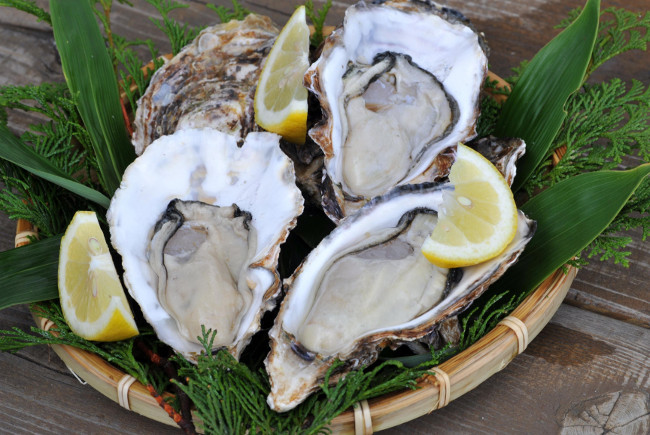
Oysters are, without a doubt, the most famous of Hiroshima’s seafood dishes. The waters around the prefecture have many flourishing oyster farms, and Hiroshima oysters are known for their above-average size, tenderness and juiciness. Typically eaten on their own, they can also be paired with okonomiyaki, the savoury pancake beloved by locals and visitors alike.
Yobuko squid – Saga
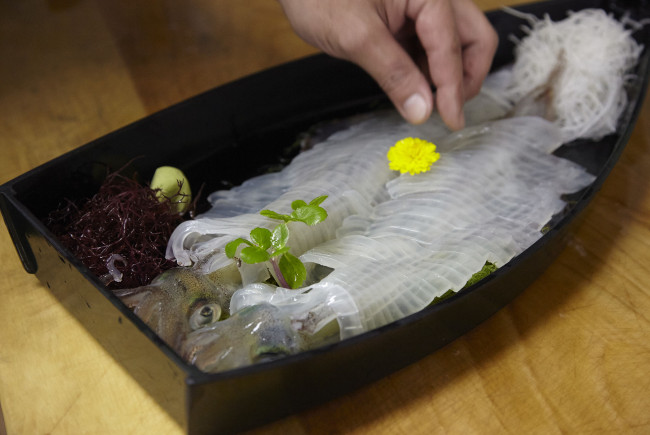
Located at the northern tip of the Saga prefecture, the town of Yobuko is famous for it’s fresh, sweet and transparent squid. Transparent in body and firm in texture, Yobuko squid has a sweetness that melts on the tongue. Enjoy sweet swordtip squid from May to October or big-fin reef squid from October to February.
Iwakuni sushi – Yamaguchi
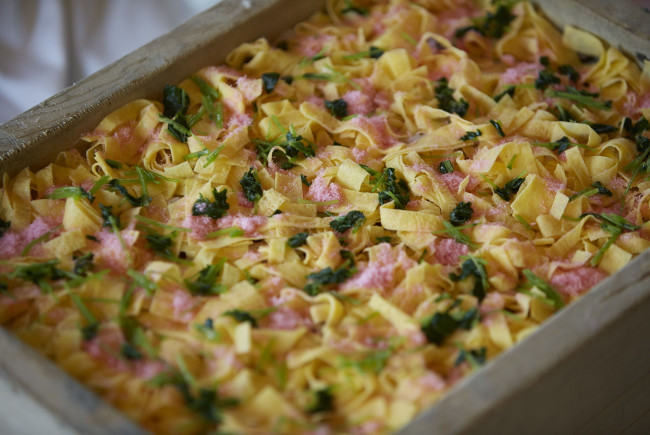
This deadly blowfish meal is legendary, and not without reason – incorrectly prepared blowfish can kill unlucky diners. In fact, it was considered so dangerous that it was banned for consumption for hundreds of years. It wasn’t until the early days of modern Japan that you could legally eat this dish. Yamaguchi is the home of this adventurous meal, and the expert chefs capable of safely preparing it. The ban was abolished when Japan’s prime minister enjoyed it in 1887, and loved the taste. The dish is best enjoyed in layers of rice.
BY LAND
Udon noodles – Kagawa
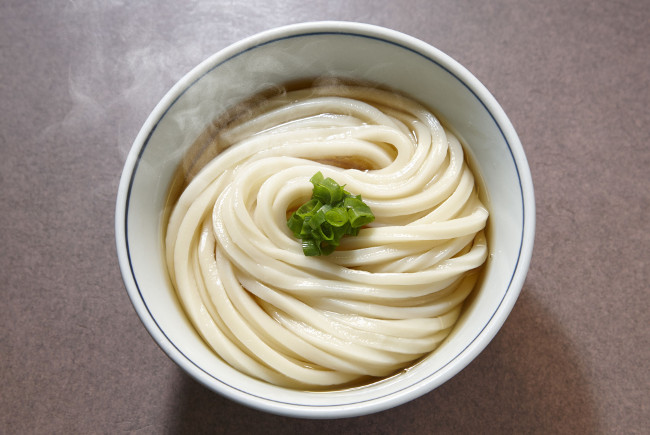
Nicknamed the Udon Prefecture, Kagawa has a long tradition of serving these chewy, firm noodles with locally grown wheat. With over 700 udon restaurants, no trip to Kagawa is complete without a taste of this dish. Served hot or cold, the artistry that goes into making these noodles is sure to delight your taste buds. For true udon lovers, make your own udon at Udon House – Japan’s first hotel dedicated to the noodle, or go on an udon taxi tour of the area, visiting the best dining spots.
Apples – Aomori
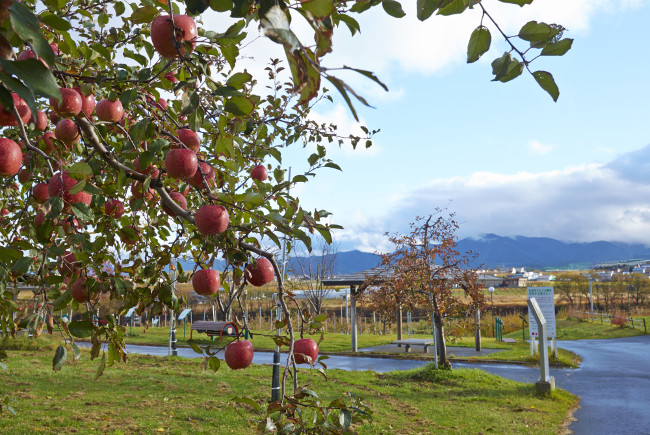
The first thing most Japanese people think of when they hear ‘Aomori’ is apples. In fact, the prefecture is Japan’s leading producer of apples, which were first cultivated in Japan in the Meiji Period. During the apple harvesting season from early August to mid-November, apple-picking is a popular activity for visitors. Try your hand at picking apples at Hirosaki Apple Park, or drop in at Hirosaki Cider Factory for a taste.
Kobe beef – Hyogo
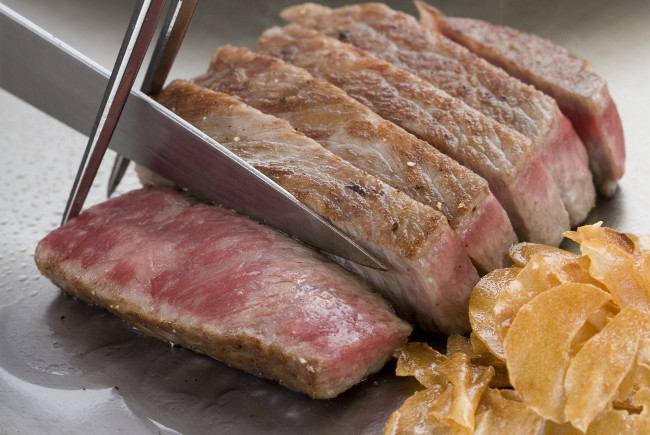
With its marbled texture and supreme tenderness, Kobe beef has become one of the world’s most expensive and sought-after culinary delights. A dish requested by Hollywood stars and royalty alike, Kobe beef is named after the port city where it was first introduced to the West. The name is applied only to pure-bred, grain-fed, virgin cattle raised in Hyogo. With daily routines including beer, classical music and massages, the level of devotion and artisanal skill that goes into rearing Kobe beef is legendary.
Kiritanpo – Akita
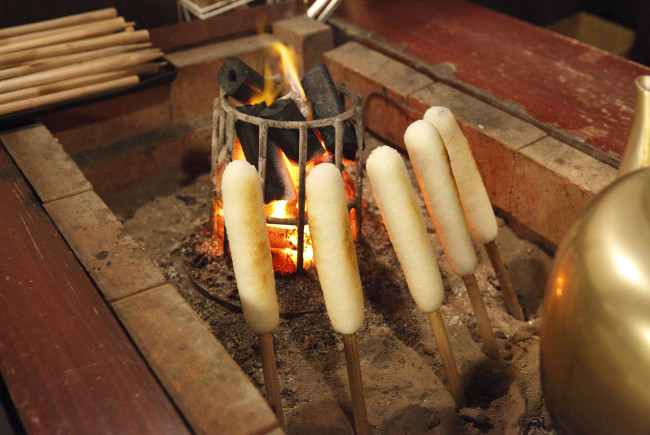
Kiritanpo is the pride of Akita – after their beloved dogs that is. Originally created by woodcutters and hunters, kiritanpo was a convenient meal for labourers to eat on the go. Locals usually enjoy kiritanpo from September to late March during the harvest. The name comes from its shape, which looks like a spearhead.
Peaches – Okayama
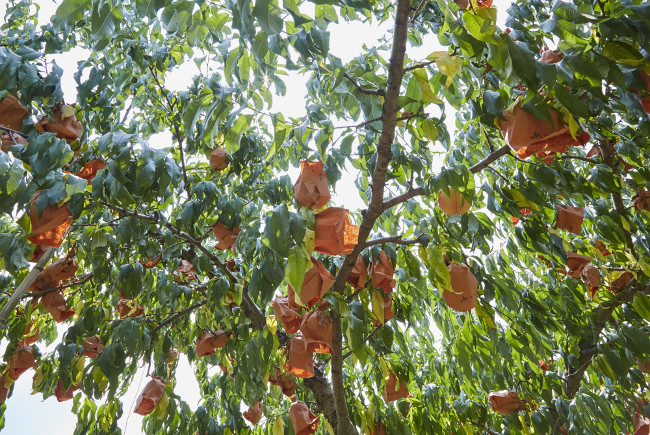
Blessed with a mild climate, Okayama is home to a variety of sweet, fragrant and delicious fruit, earning itself the nickname, ‘The Fruit Kingdom’. Summer is the best time for picking white peaches, famed throughout Japan for their freshness and juiciness. Okayama is also famous for being the birthplace of Momotaro, or Peach Boy, one of Japan’s most well-known and beloved folk tales about a brave young boy who sets off on a quest to vanquish evil.
For more information on visiting Japan, go to seejapan.co.uk.






















